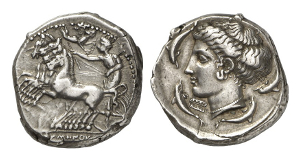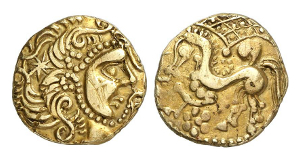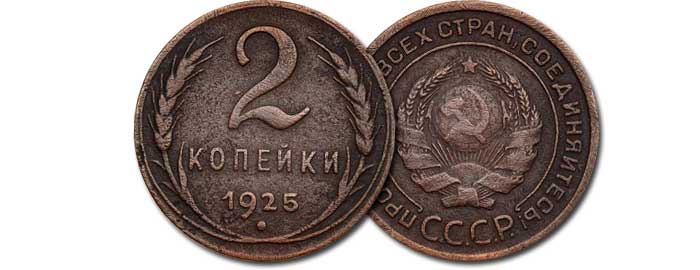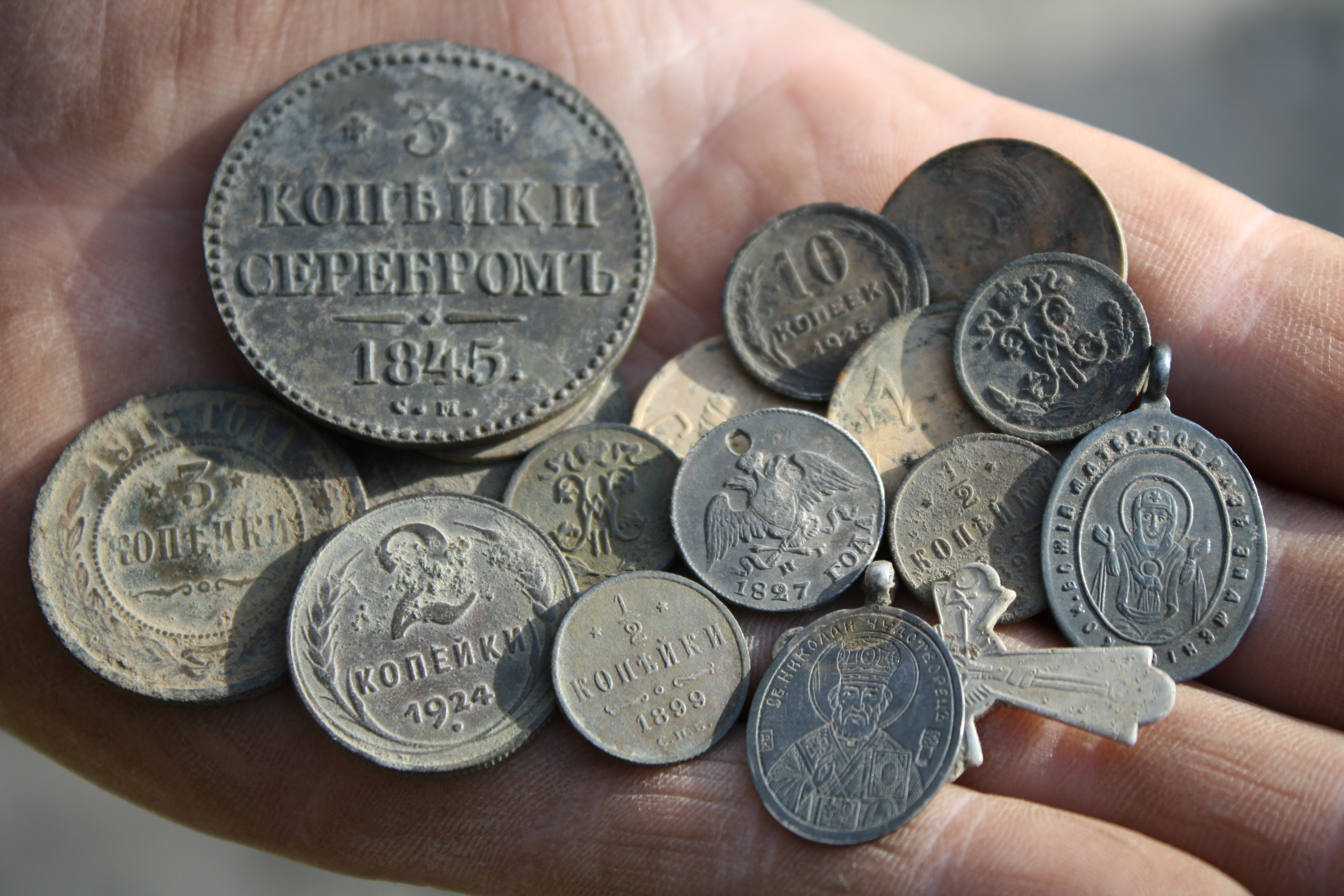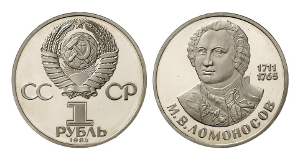Large monetary units
Possessions of the Habsburgs – Austria (XII-XX centuries)
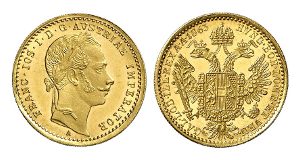 In 1273, King Rudolph I became the first representative of the Habsburg clan who ascended to the Roman-German throne. It began the reign of the Habsburg dynasty, which lasted until the reign of Charles I (1916-1918), the last emperor of Austria.
In 1273, King Rudolph I became the first representative of the Habsburg clan who ascended to the Roman-German throne. It began the reign of the Habsburg dynasty, which lasted until the reign of Charles I (1916-1918), the last emperor of Austria.
From 1438 until the fall of the empire in 1806, almost all German kings and Roman-German emperors came from the Hapsburg clan. Thanks to the skillful marriage policy, true to the motto “Motto Bella gerant alii, tu felix Austria nube” (“Let others wage wars – you, happy Austria, marry”), from the Middle Ages until the New Age, the Habsburg managed to create a network in Europe dynastic ties that, among other things, provided them with rule in regions such as Bohemia and Hungary, Spain and Portugal, as well as in Milan and parts of Lombardy. Continue reading
Greek coins (VII-II century BC)
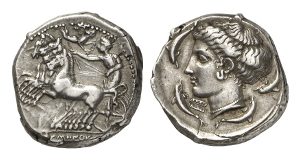 In ancient Greece, the fundamental foundations of the development of European civilization were laid. The cultural achievements of the “classical time” (ca. 500-363 / 323 BC) include not only the formation of Athenian democracy, but also monumental buildings (the Acropolis), important historical documents (Herodotus), and large-scale sports events (Olympiad), relevant to this day. Continue reading
In ancient Greece, the fundamental foundations of the development of European civilization were laid. The cultural achievements of the “classical time” (ca. 500-363 / 323 BC) include not only the formation of Athenian democracy, but also monumental buildings (the Acropolis), important historical documents (Herodotus), and large-scale sports events (Olympiad), relevant to this day. Continue reading
